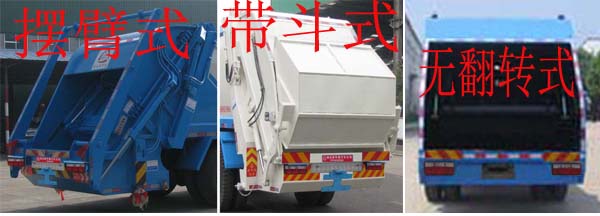特殊的英文字符
Special English Characters: Their Uses and Meanings
The English language is full of special characters that add meaning and nuance to written communication. From the humble comma to the bold exclamation point, each character has its own unique purpose and function. In this article, we'll explore some of the most common special English characters and their uses.
1. Ampersand (&)
The ampersand is a shorthand symbol for 'and' that is commonly used in business names, titles, and abbreviations. For example, 'Smith & Co.' or 'R&D' (research and development).
http://www.ebankmanager.com/common/images/AYjBXKPzag_2.jpg
2. Asterisk (*)
The asterisk is used to indicate a footnote or to draw attention to a specific point. For example, 'Please see footnote * for more information.'
3. Ellipsis (…)
The ellipsis is a series of three dots used to indicate a pause or omission in a sentence. For example, 'I'm not sure if I should…' or 'The report states that….'
4. Em Dash (—)
The em dash is longer than a hyphen and is used to indicate a break in thought or emphasis. For example, 'She was about to tell him something important—something that would change everything.'
5. En Dash (–)
The en dash is slightly longer than a hyphen and is used to indicate a range or connection. For example, 'The meeting is scheduled for 2:00–3:30 pm' or 'The New York–Boston train.'
6. Parentheses ()
Parentheses are used to enclose additional information or clarification. For example, 'The company (which is based in New York) is expanding its operations.'
7. Quotation Marks (“ ”)
Quotation marks are used to indicate direct speech or a quote from another source. For example, 'He said, 'I'll be back tomorrow.'' or 'According to the article, 'The economy is expected to grow.''
8. Slash (/)
The slash is used to indicate a choice or alternative. For example, 'Would you like coffee/tea?' or 'Please see page 3/4 for more information.'
In conclusion, special characters play an important role in written communication. They enable us to convey meaning, emphasize points, and make our writing more effective. By using these special English characters correctly, we can enhance the clarity and impact of our written communication.

海信液晶電視用戶菜單顯示正常

無錫萬喜熱水器維修

海爾洗衣機 一直進水

樂華led32c600刷機

九陽電磁爐爆管檢修實例

電視機場塊壞了的表現(xiàn)

北京豐臺長虹電視售后服務(wù)

電腦顯示器有拖尾

海爾洗衣機不脫水e3

aoc液晶電視開機無信號

空調(diào)熱保護的癥狀

夏浦LCD-46A63液晶電視顯示屏

空調(diào)主板的過零信號

LCD HDTV液晶電視電路圖

容聲洗衣機電容是什么

創(chuàng)維 安裝的應(yīng)用重啟后就消失了

海爾冰箱維修 昆明

格力空調(diào)外機風扇電機多少錢

美的空調(diào)模塊燒壞了

全自動洗衣機離合器拆卸視頻